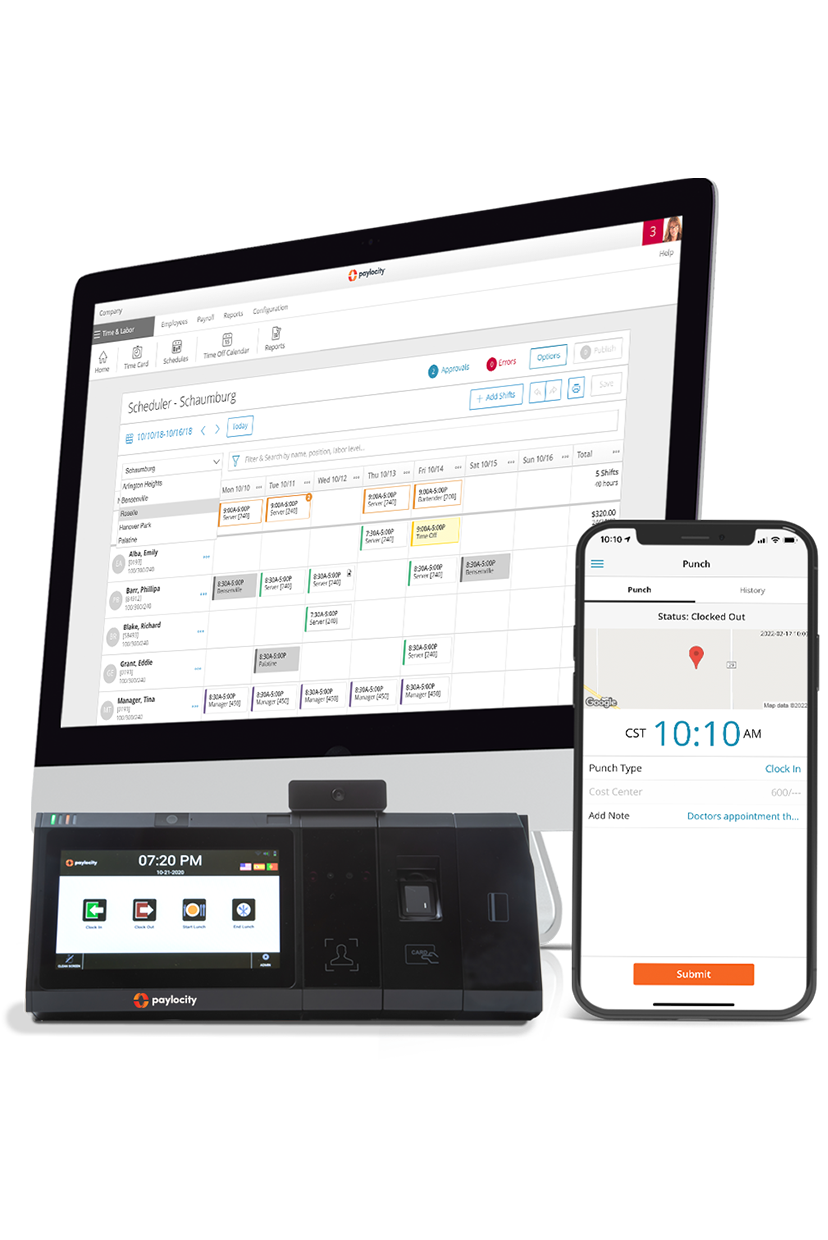What are Labor Costs?
Labor costs are the amounts a business spends on its workforce, from salaries and wages to benefits like healthcare, paid time off (PTO), and fringe benefits. This also includes taxes and any other related expenses.
Because labor costs affect nearly every part of an organization, keeping a close eye on them is critical for any human capital management strategy.
Direct vs. Indirect Labor Costs
Direct labor costs are those immediately and inherently involved with the production of a service or good. This includes things like an employee’s salary, the cost of raw materials, and any tools or parts required to complete the production process.
For example, the prices a local bakery pays for ingredients and kitchen utensils are inherently involved with each baker’s ability to create pastries.
Indirect labor costs are broader expenses for things that support the production process but aren’t inherently or immediately involved in it. Things like hiring a cleaning staff or a security guard would be indirect costs.
For example, if that same local bakery hired an accountant to process its receipts, bills, and revenue, those accounting services would be indirect labor costs.
Fixed vs. Variable Expenses
Direct and indirect labor costs can each be broken down into fixed and variable expenses:
- Fixed Expenses: Predictable, stable amounts, that organizations can forecast and plan around. This would include things like an employee’s salary each pay period or the office’s monthly internet bill.
- Variable Expenses: Fluctuating amounts based on independent and less predictable factors. For example, sales commissions go up or down based on job performance, while office parking lots may need snow plowing in the winter to ensure employees can get into the building.




